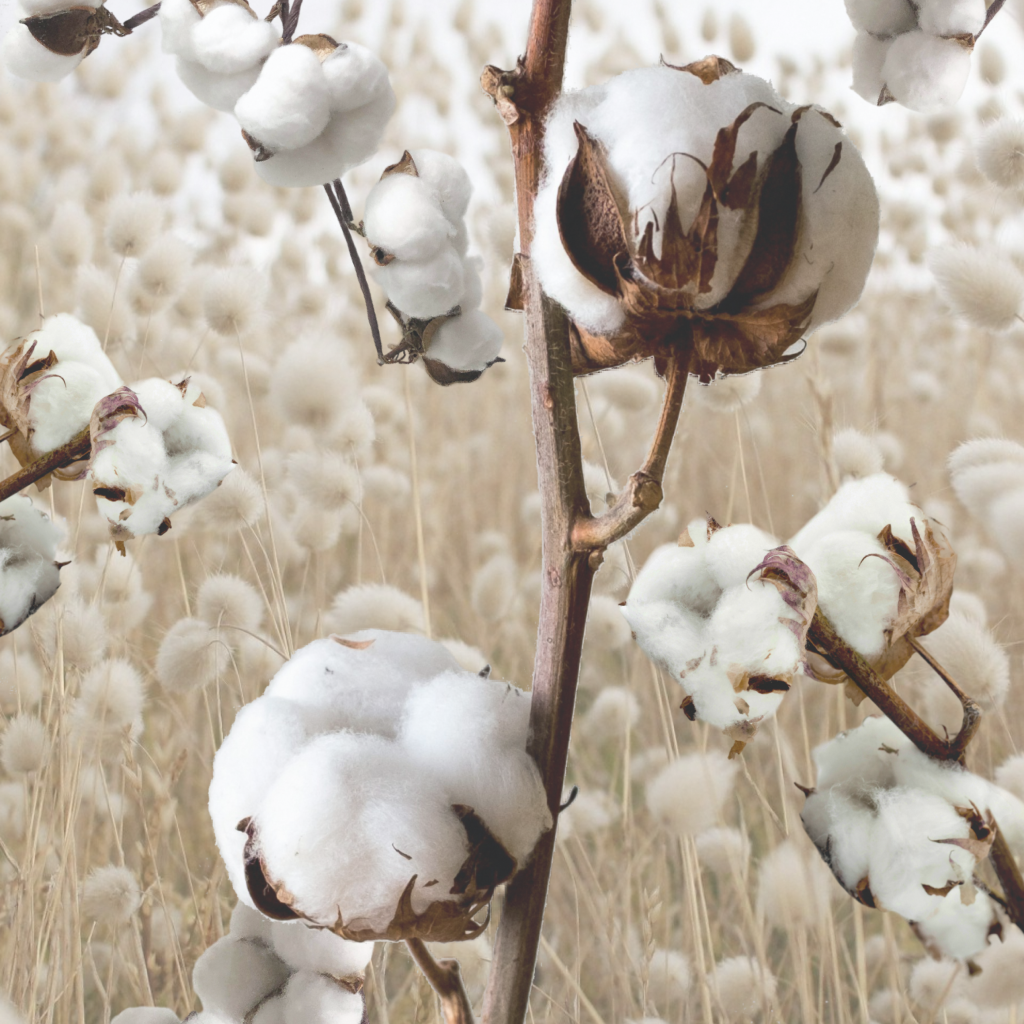Organic cotton. How is it different? What are its benefits?
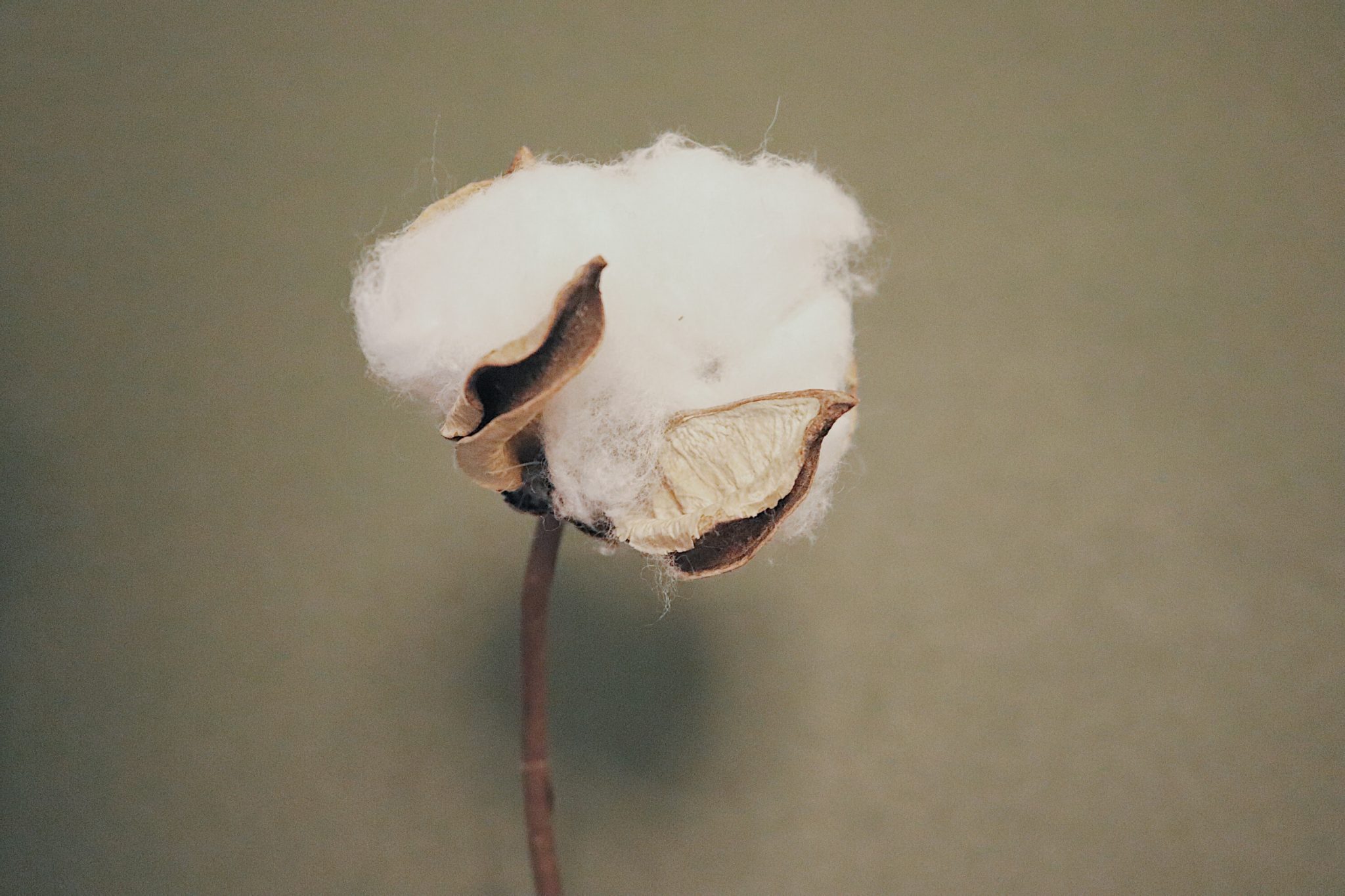
The other week we talked about how nature-based solutions are greatly beneficial for biodiversity and for reducing pollution and hazards on the environment.
Because we like to talk about sustainable materials on fashion, we are going to apply this terms to the agriculture of organic cotton. Cotton has been historically fashion’s most used fiber. When you see a tag in a fashion store telling you that your garment is made of organic cotton, how is it different from the traditional one? What benefits does it hold?
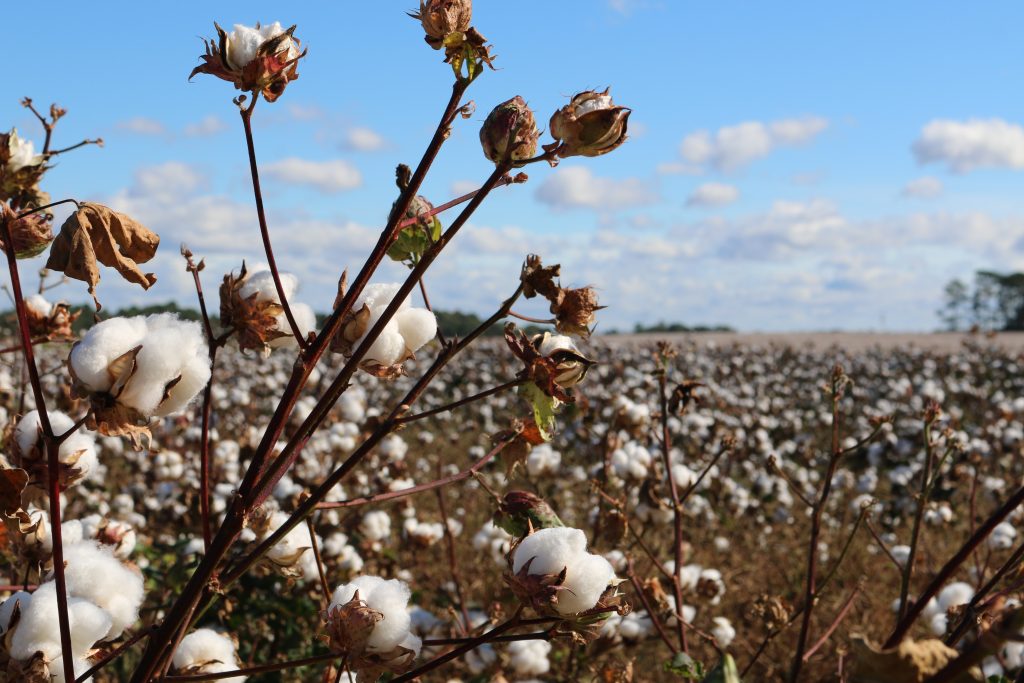
Organic cotton production
Organic cotton is more ecological than regular cotton in a number of ways. The main difference is that organic cotton is produced using methods that are environmentally-friendly, while regular cotton is produced using synthetic pesticides, fertilizers, and other harmful chemicals.
These chemicals can contaminate the soil, water, and air. By contrast, organic cotton is made using natural methods, such as compost and other organic matter, to support healthy plant growth and pest control. This means that organic cotton is not only better for the environment, but it is also safer for the people who produce it.
Another benefit of organic cotton is that it is typically produced using more sustainable farming methods. For example, organic cotton farmers often use cover crops to improve soil health and reduce erosion. This can help to support healthy and productive cotton plants, while also protecting the environment and preserving natural habitats.
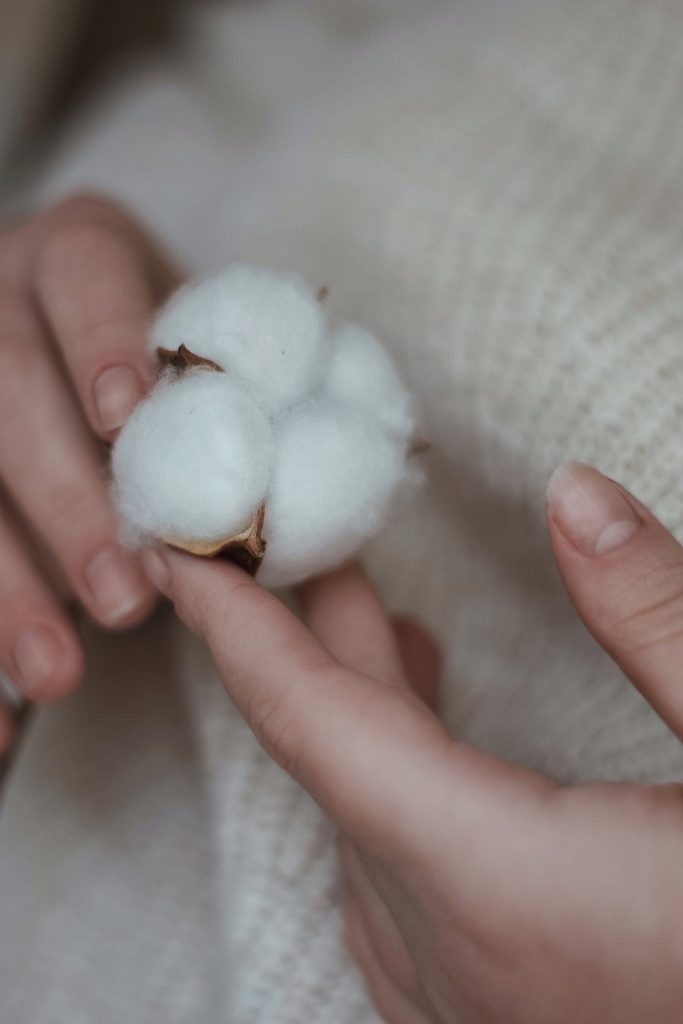
Labor
Besides to these benefits, organic cotton is also produced using more ethical and fair labor practices. The social impact is a big part of sustainability along with the environmental one. Many organic cotton farmers are small-scale and use sustainable farming methods, providing better working conditions and higher incomes for the people who produce the cotton. Putting the profits in the hands of every person who worked among the way is the ethical way of doing.
By choosing organic cotton, consumers can support these values and help to protect the environment and the people who produce our clothing.
Water use
Another important issue of agriculture is the use of water. As it becomes more rare and valuable, it is important to measure the impact that its use has in the production of our garments.
According to some estimates, the production of regular cotton can require up to 20,000 liters of water per kilogram of cotton, while the production of organic cotton takes as little as 3,000 to 5,000 liters of water per kilogram. This means that, on average, organic cotton production uses approximately one fifth the amount of water as regular cotton production.
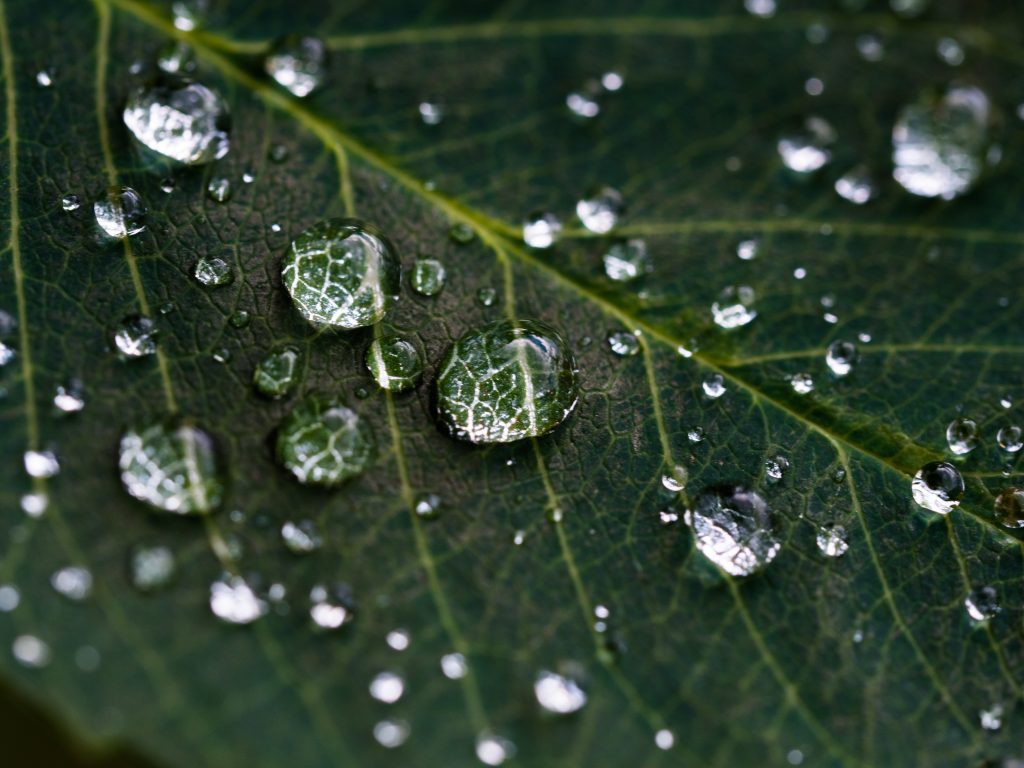
However, it is important to note that these numbers can vary depending on many factors, such as:
- The specific farming practices used,
- The climate and weather conditions, and
- The type of cotton being grown.
For example, organic cotton farmers who use drip irrigation and other water-efficient techniques may be able to grow their cotton using even less water than the average of 3,000 liters per kilogram.
Finally, to ensure that the cotton garment you buy it’s organic, you should look for certificates. The most known is Global Organic Textile Standard (GOTS), ensuring that the cotton fiber has been harvested and manufactured in an organic an ethical process, from start to end.
In-Depth Resources
- Quenching Cotton’s Thirst: Reducing the Use of Water in the Cotton Lifecycle, Andrea Newell for TriplePundit, 2016
- World Water Day: the cost of cotton in water-challenged India, Stephen Leahy for The Guardian, 2015
- Organic Water-Saving Claims False, Declares Cotton Myth-Busting Report, Brooke Roberts-Islam by Forbes, 2021
- How sustainable is organic cotton, really?, Emily Chan for Vogue, 2019

